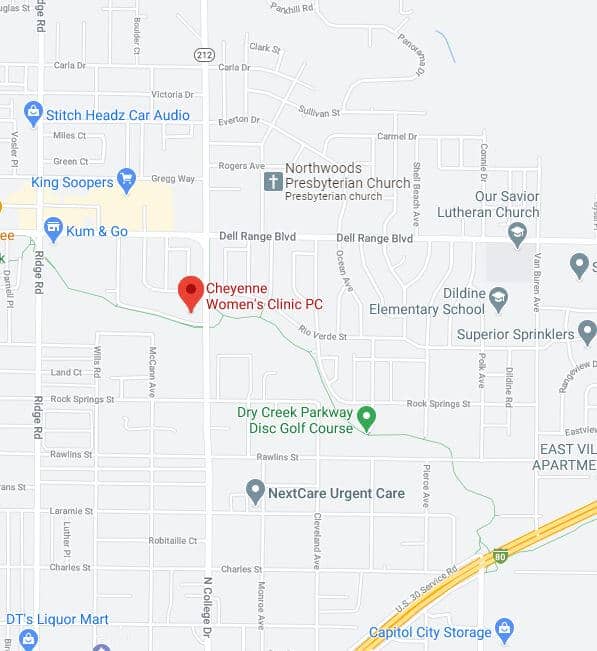In the United States, one in eight women will develop breast cancer before age 75. Mammography is a screening tool that can help find cancer early when it’s in a more curable stage. It uses X-ray technology to view breast tissue, and the resulting image is called a mammogram.
During a mammogram, your breasts are placed one at a time between two plastic plates. The plates press together to flatten your breast so that the most tissue can be seen in the image. The process may be uncomfortable, but it only lasts for a few seconds. A radiologist will interpret your mammogram and give the results to your doctor, who will report the findings back to you.
Most women are at average risk of breast cancer. If you are in that category, we recommend a mammogram every 1-2 years beginning at age 40 and continuing until you are at least 75.
Being at high risk of breast cancer means you have certain risk factors, such as:
- Family history of breast cancer, ovarian cancer, or other inherited cancer types
- BRCA1 and BRCA2 gene mutations
- Chest radiation treatments at a young age
- A history of high-risk breast biopsy results
If you fall into this category, your doctor will talk to you about the best plan for mammograms and breast screening. If you have a high-risk family history, you may qualify for genetic testing for the gene mutations that increase your risk of breast cancer. Ask your provider if this is something you should consider.
Getting a Mammogram
Mammograms aren’t perfect. They can miss cancer when it is present and indicate something that looks like cancer but isn’t. But they provide an important tool for your provider to help identify breast problems at their earliest stages. If you are 40 or older and haven’t had a mammogram, or it’s been longer than two years since you’ve had your last one, call 307.637.7700 to see your provider and order your mammogram. In Cheyenne, you can get one at the Cheyenne Women’s Imaging Pavilion at Cheyenne Radiology. (You will need a referral from your doctor before making an appointment.)
Free mammograms are available through the Wyoming Cancer Program. To see if you are eligible, call 307.633.6863, 877.286.0907, or 800.264.1296.







